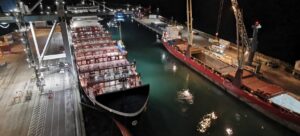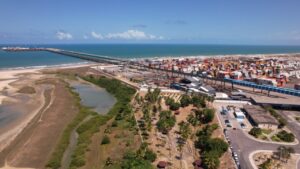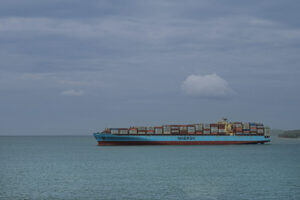Since the pandemic, liner operators have increased the volatility of weekly capacity on major East-West trade routes, particularly Asia-Europe.
In issue 726 of Sea-Intelligence Sunday Spotlight, the company analysed weekly capacity on individual liner services and find it has become far more volatile and unpredictable on major East-West trades since the pandemic.
This growing instability results in “lumpier” cargo flows into ports. Capacity volatility on Asia-Europe trade lanes has more than doubled, contributing to persistent port congestion.
Ideally, liner services offer stable, predictable weekly capacity. However, factors like varying vessel sizes, blank sailings, and schedule delays cause weekly TEU capacity to fluctuate.
To measure this, Sea-Intelligence calculated the standard deviation of vessel capacity over a 52-week rolling window to remove seasonal effects. The data shows a sharp shift since 2020.
READ: Capacity volatility on Asia–NAWC trade sees record highs
On the Asia-North Europe route, pre-pandemic volatility (2011-2019) averaged 12.3 per cent, fluctuating mainly between 10 per cent and 15 per cent.
Between 2021 and 2025, this rose to 29.6 per cent, more than doubling. Asia-Mediterranean trade experienced a similar increase.
The Transpacific trades saw a smaller increase. Volatility on Asia-North America West and East Coast routes rose about 50 per cent, from around 20 per cent to 30 per cent. While significant, this is less than the doubling seen on Asia-Europe services.
This increased “lumpiness” creates challenges for ports and terminals, which rely on smooth, predictable cargo flows.
The sharp rise in weekly capacity volatility on Asia-Europe routes is a key factor driving ongoing port congestion issues in Europe.









